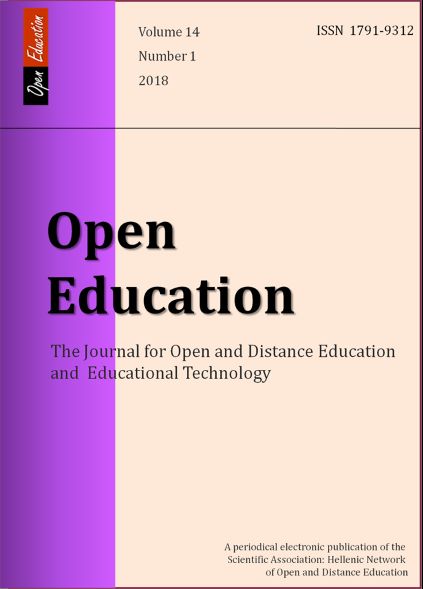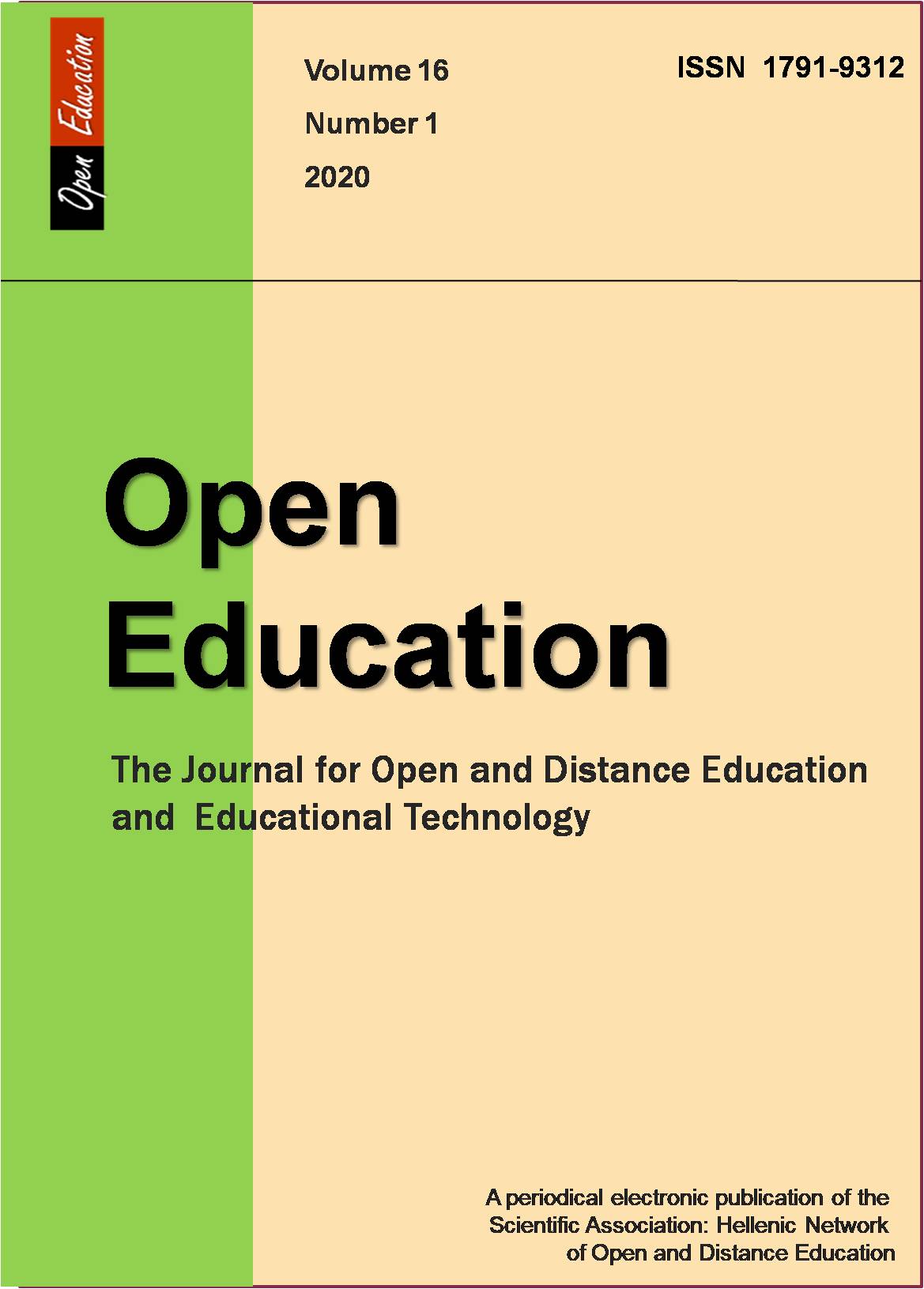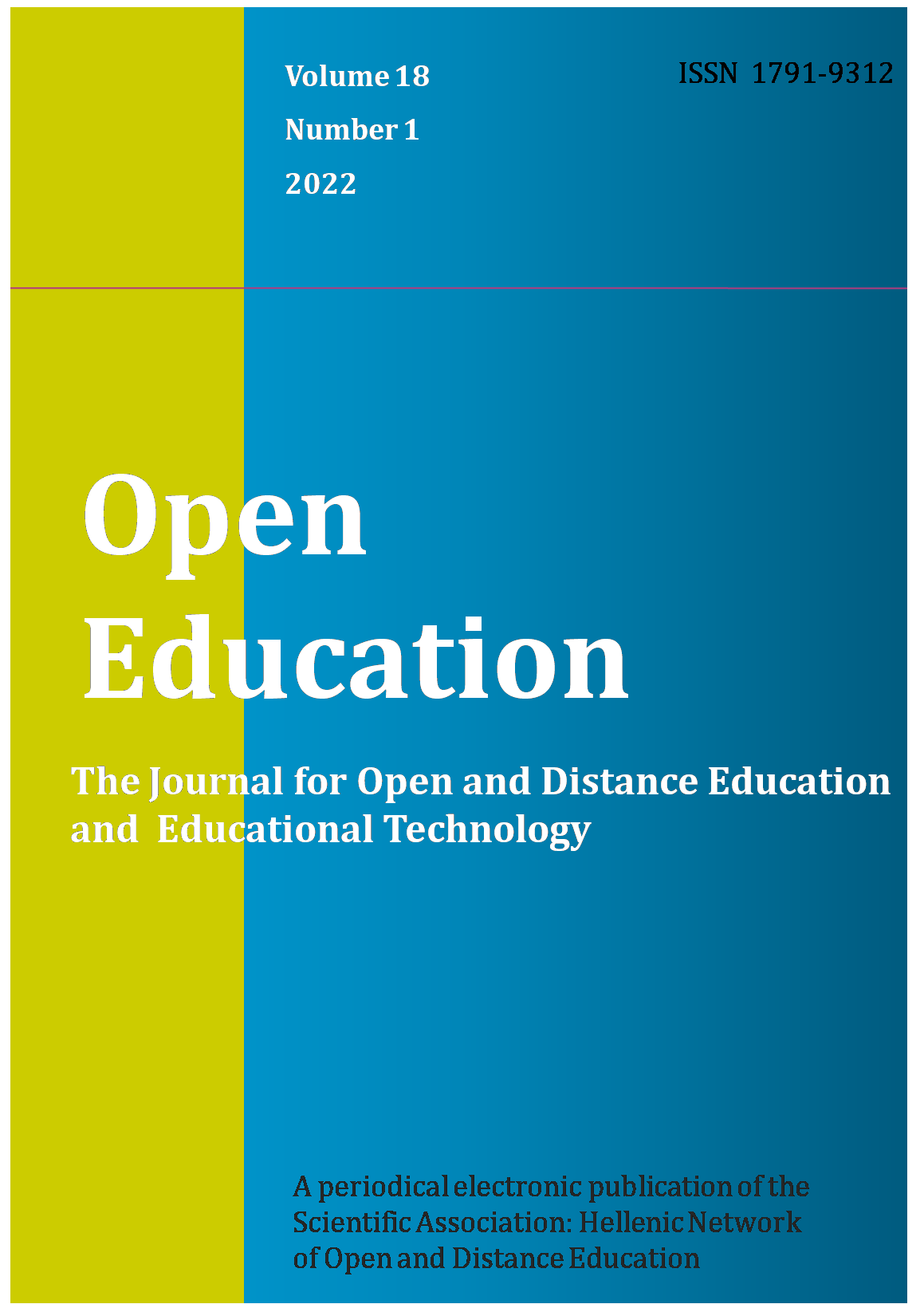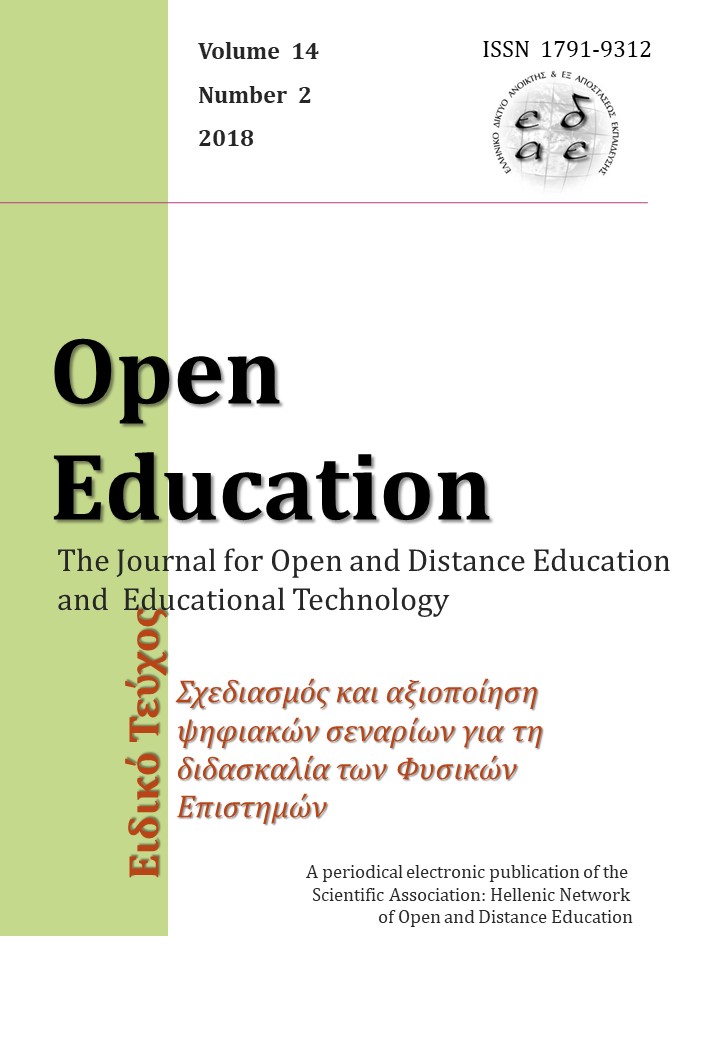Η συμβολή του ηλεκτρονικού ταχυδρομείου στην επικοινωνία και συνεργασία φοιτητών και Καθηγητή Συμβούλου στην Ανοικτή και εξ Αποστάσεως Εκπαίδευση

Περίληψη
Η Ανοικτή και εξ Αποστάσεως Εκπαίδευση (ΑεξΑΕ) αναπτύχθηκε ραγδαία τα τελευταία χρόνια και στην ενίσχυσή της συνέβαλε ουσιαστικά η εξέλιξη των ΤΠΕ (Τεχνολογίες Πληροφορίας και Επικοινωνίας), οι οποίες προσέφεραν νέα μέσα για την επιτυχή ολοκλήρωσή της. Η ΑεξΑΕ λόγω της ιδιομορφίας της προωθεί την εξατομικευμένη μάθηση μέσω της επικοινωνίας και κυρίως αυτής του Καθηγητή Σύμβουλου (ΚΣ) με τους φοιτητές. Μέσα από συστηματική βιβλιογραφική επισκόπηση αναδεικνύεται η ανάγκη των φοιτητών για σταθερή και εποικοδομητική επικοινωνία με τους ΚΣ καθώς και για συχνή και γρήγορη ανατροφοδότηση. Η παρούσα έρευνα επιχείρησε να αναδείξει τη συμβολή του ηλεκτρονικού ταχυδρομείου στην ΑεξΑΕ και τις ανάγκες των φοιτητών του Ελληνικού Ανοικτού Πανεπιστημίου (ΕΑΠ) που τους υπαγόρευσαν τη χρήση ηλεκτρονικής επικοινωνίας καθώς και τους παράγοντες που τους καθοδήγησαν να την επιλέξουν. Τα αποτελέσματά της έρευνας εξήραν τη σημασία την ηλεκτρονικής επικοινωνίας στην εξΑΕ κυρίως σε θέματα σπουδών, καθώς οι συμμετέχοντες την αναφέρουν ως βασική επιλογή τους, για τις ανάγκες τους κατά τη διάρκεια των σπουδών τους.
Λεπτομέρειες άρθρου
- Πώς να δημιουργήσετε Αναφορές
-
- Τεύχος
- Τόμ. 14 Αρ. 1 (2018)
- Ενότητα
- Μέρος πρώτο / Section 1






